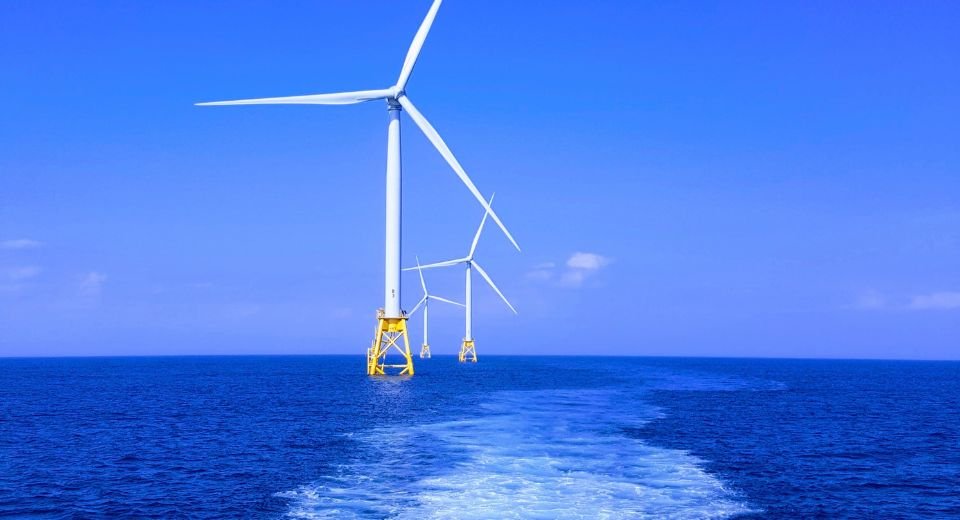HQ Team
March 6, 2023: Offshore wind farming and its impact on seabirds is a well-documented concern among environmentalists and numerous studies have outlined measures to mitigate their impact. Swedish power giant Vattenfall funded a two-year study of seabirds at an offshore wind farm off Scotland that tracked bird flight patterns and the measures they used to avoid the turbine blades.
The €3 million study used radar and artificial intelligence technology to develop invaluable data about the flying patterns of kittiwakes, herring gulls, black-backed gulls and gannets around the wind farm.
The study report found:
- No collisions or even narrow escapes were recorded in over 10,000 bird videos.
- Nearly all species of tracked seabirds avoided the zone of the turbine blades by adjusting their flight paths to fly in between the turbines. This pattern was similar for all three species of large gulls.
- Of those birds that came within 10 m of the zone swept by the blades, more than 96% adjusted their flight paths to avoid collision, often by flying parallel to the plane of the rotor.
Bird surveys to avoid wind farm harm
The research recorded the pattern of behaviour around the turbines by different species of birds. The report found that Kittiwakes changed their flight about 150m from the rotors, commuting herring gulls from around 100m and feeding herring gulls from 70m. In general, gannets and small and large gulls showed a strong tendency to avoid flying into the area swept by the turbine blades.
Henrik Skov, who led the project, said:
“This is the first time that any kind of bird species has been studied this closely and in detail at an offshore wind farm. And these birds are really good at avoiding the turbines. Now we need studies on more varieties.”
He added that surveys on bird behaviour are part of an overall effort to avoid building wind farms in flight corridors.
The researchers say the findings would be beneficial in getting speedy approvals for wind farms by providing more accurate information about the risk of bird collisions using realistic values for flight speed, orientation and altitude.
Robin Cox, Environmental Specialist at Vattenfall, said:“We need to reduce emissions and build clean energy infrastructure in ways which protect and conserve wildlife. This is ground-breaking research that will significantly change our understanding of how seabirds behave around offshore wind farms.
“The fact that no collisions or even near misses were recorded in two years of recording, along with so much information about the reaction of individual species, means we should be able to more confidently consent wind projects while protecting the UK’s internationally important seabird populations.”
Offshore wind farms and decarbonisation strategy
Offshore wind is a large part of the decarbonisation strategy for the world. By the end of 2021, 55GW of offshore wind capacity was installed globally. However, according to the IEA, an additional 70-80GW will need to be installed every year from 2030 in order to achieve Net Zero by 2050.
The European Union’s long-term decarbonisation strategy proposes that offshore wind will supply 30% of Europe’s electricity demands by 2050. The decreased reliance on fossil fuels and a shift to renewable energy sources are essential to tackle the climate crisis. But the sheer scale of these development plans, combined with oil and gas, shipping, fishing, mineral extraction etc., cause major concerns about the impact it will have on marine wildlife and specifically on birdlife offshore.


